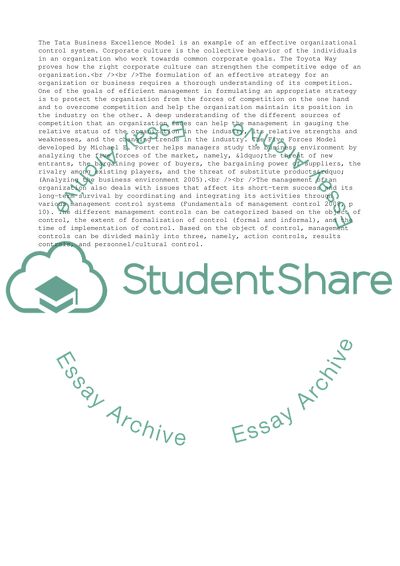Cite this document
(Effective Management: A Study of Competition, Culture and Control Case, n.d.)
Effective Management: A Study of Competition, Culture and Control Case. https://studentshare.org/management/1717326-principle-of-management
Effective Management: A Study of Competition, Culture and Control Case. https://studentshare.org/management/1717326-principle-of-management
(Effective Management: A Study of Competition, Culture and Control Case)
Effective Management: A Study of Competition, Culture and Control Case. https://studentshare.org/management/1717326-principle-of-management.
Effective Management: A Study of Competition, Culture and Control Case. https://studentshare.org/management/1717326-principle-of-management.
“Effective Management: A Study of Competition, Culture and Control Case”. https://studentshare.org/management/1717326-principle-of-management.


